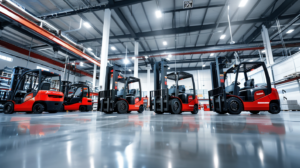Importing forklifts from China can be a strategic move to enhance your material handling capabilities while optimizing costs. But where do you begin? With China being a global powerhouse in manufacturing, the process may seem overwhelming at first. This guide will walk you through everything you need to know about how to start importing forklifts from China, ensuring a smooth, profitable, and compliant journey from inquiry to delivery.
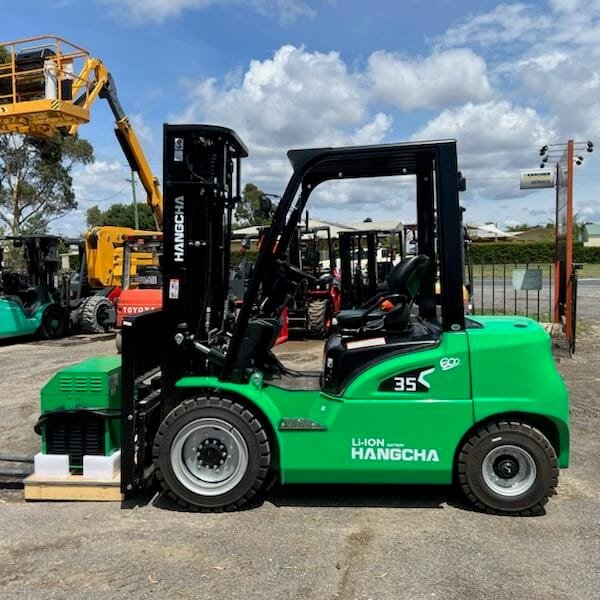
Understanding the Forklift Market in China
Growth of the Forklift Manufacturing Industry
China is home to some of the world’s largest and most advanced forklift manufacturers. With a strong focus on automation, green energy, and innovation, the country has become a hub for affordable yet high-performing forklift solutions. In fact, China exports forklifts to over 150 countries annually.
Types of Forklifts Available for Import
Chinese suppliers offer a wide array of forklifts including:
- Electric Forklifts – Ideal for indoor operations and warehouse environments.
- Diesel Forklifts – Preferred for heavy-duty, outdoor work.
- LPG Forklifts – A hybrid option offering flexibility and power.
Major Chinese Forklift Manufacturers
Some notable brands to consider include:
- Heli
- Hangcha
- Lonking
- EP Equipment
- BYD Forklift
Each has a reputation for reliability, innovation, and robust after-sales support.
Benefits of Importing Forklifts from China
Cost-Effectiveness
One of the main reasons businesses import from China is the significantly lower manufacturing cost. Even after accounting for shipping and taxes, you’re likely to save up to 30–40% compared to domestic purchases.
Advanced Technology & Innovation
Modern Chinese forklifts come equipped with IoT integration, lithium-ion batteries, and ergonomic controls, rivaling some of the top Western brands.
Wide Range of Options
Whether you need a compact electric forklift or a high-tonnage diesel model, Chinese manufacturers offer extensive customization and product lines.

Key Challenges and How to Overcome Them
Quality Concerns
Not all suppliers are created equal. Always conduct due diligence through:
- Factory visits
- Third-party inspections
- Checking certifications (ISO, CE)
Language Barriers
Communicate clearly in English. Use platforms like Alibaba that provide trade assurance and multilingual support, or hire a bilingual agent.
Customs & Regulatory Issues
Familiarize yourself with import regulations in your country to avoid penalties. It’s advisable to work with a licensed customs broker.
Step-by-Step Process for Importing Forklifts from China
Step 1 – Market Research and Demand Validation
Study your target market to identify demand trends, popular models, and pricing expectations.
Step 2 – Finding Reliable Suppliers
Use verified platforms like:
- Alibaba
- Made-in-China
- Global Sources
Check supplier ratings, years in business, and customer reviews.
Step 3 – Requesting and Verifying Quotes
Get at least 3–5 quotations. Ensure the quotes include:
- Forklift specifications
- Incoterms (e.g., FOB, CIF)
- Lead times
Step 4 – Factory Audit or Virtual Inspection
Hire third-party firms like SGS or TÜV to perform an audit, especially for high-value orders.
Step 5 – Negotiating Prices and Payment Terms
Always negotiate:
- Discounts on bulk orders
- Flexible payment options (30/70 rule is common)
- Warranty terms
Step 6 – Drafting and Signing a Purchase Agreement
Include all product specs, delivery timelines, payment terms, and dispute resolution clauses.
Step 7 – Pre-Shipment Inspection
Ensure quality control through pre-shipment checks. This reduces the risk of defective deliveries.
Step 8 – Arranging Freight and Logistics
Choose between air or sea freight. Sea freight is more economical for bulky items like forklifts.
Step 9 – Clearing Customs in Your Country
Work with a customs broker to:
- File necessary documentation
- Pay duties and taxes
- Avoid delays
Step 10 – Final Delivery and After-Sales Support
Ensure you have access to parts, technical manuals, and warranty services once the forklift arrives.
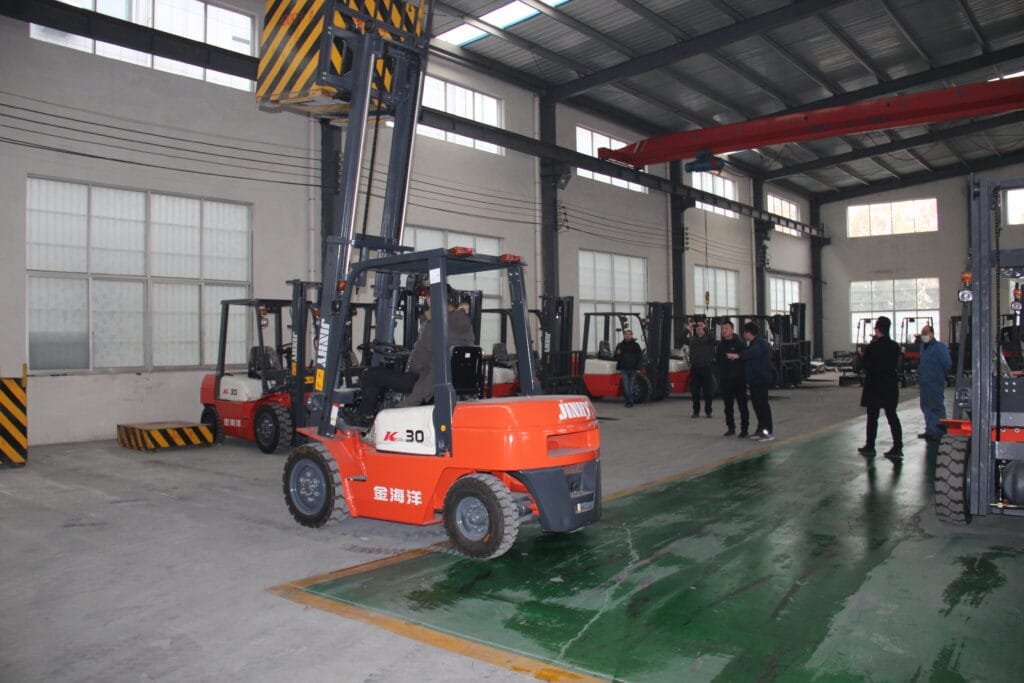
Choosing the Right Type of Forklift for Your Business
Electric vs Diesel vs LPG Forklifts
- Electric: Eco-friendly, low noise, perfect for warehouses.
- Diesel: High lifting capacity, ideal for rugged outdoor tasks.
- LPG: Offers cleaner emissions than diesel and can be used both indoors and outdoors.
Indoor vs Outdoor Use
Select tires and fuel type based on where the forklift will operate—cushion tires for indoor and pneumatic for outdoor.
Load Capacity and Lifting Height
Analyze your material handling needs. Forklifts range from 1-ton to over 25-tons with varying lift heights.
Quality Assurance and Certifications
CE Certification
Mandatory for forklifts entering the European market.
ISO Standards
Indicates adherence to international quality management systems.
SGS or TÜV Third-Party Inspections
They verify:
- Build quality
- Component authenticity
- Compliance with safety norms
Legal and Compliance Considerations
Import Regulations in Your Country
Understand the paperwork and licensing requirements. Some regions may require environmental compliance documents.
Safety and Emission Standards
Ensure the forklift adheres to local safety and emission laws (especially in the US and EU).

Calculating the True Cost of Importing
| Cost Component | Estimated Share of Total Cost |
|---|---|
| Forklift Unit Price | 60% |
| Freight & Insurance | 15% |
| Import Duties & Taxes | 10% |
| Inland Transportation | 10% |
| Miscellaneous Fees | 5% |
Payment Methods and Trade Terms (Incoterms)
TT (Telegraphic Transfer)
Most common. Often structured as 30% advance, 70% before shipment.
LC (Letter of Credit)
Safer for large transactions. Payment is released upon presentation of valid documents.
Popular Incoterms: FOB, CIF, EXW
- FOB (Free On Board): Supplier handles loading.
- CIF (Cost Insurance Freight): Includes shipping and insurance.
- EXW (Ex Works): Buyer handles all logistics.
Freight Forwarders and Shipping Options
Choosing a Freight Forwarder
Look for experience with heavy equipment. They can handle paperwork, customs, and insurance.
Air Freight vs Sea Freight
- Air Freight: Faster, but costly.
- Sea Freight: Economical for bulky cargo.
Risk Management Strategies
Working with Experienced Import Agents
They bridge communication gaps and handle vendor negotiations.
Insurance Coverage
Always insure your shipment against:
- Damage
- Theft
- Natural disasters
Contracts with Dispute Resolution Clauses
Helps resolve issues legally if delivery fails or quality doesn’t match specs.
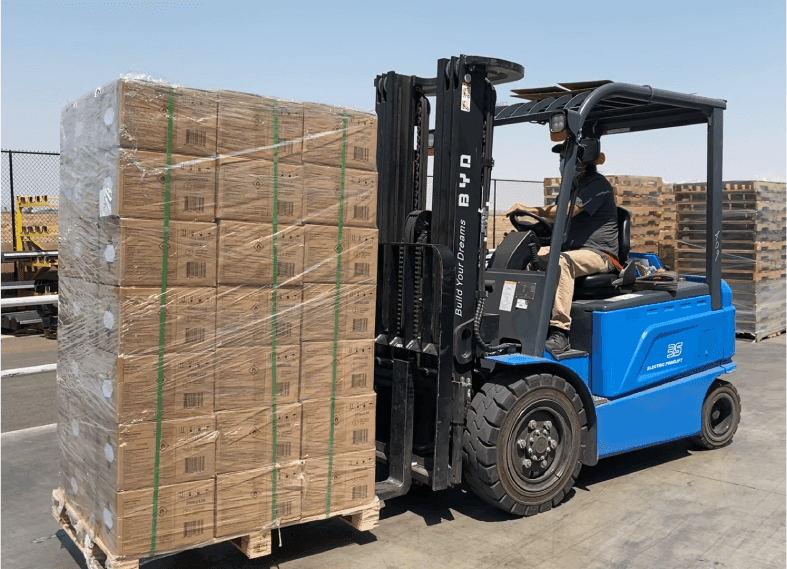
Building Long-Term Supplier Relationships
Communication Best Practices
Maintain regular updates and respect cultural norms in emails and meetings.
Scheduling Regular Reorders
Plan inventory in advance to avoid out-of-stock situations and lock in better pricing.
How to Ensure After-Sales Support
Warranty Policies
Standard warranties range from 12–24 months.
Spare Parts Availability
Check if parts can be sourced locally or need to be imported.
Technical Support Agreements
Some suppliers offer remote troubleshooting or onsite technician visits.
Digital Tools for Managing Imports
Using Sourcing Platforms like Alibaba or Made-in-China
They provide buyer protection, verified suppliers, and trade assurance.
Import Management Software
Use tools like IncoDocs, Freightos, or ShipStation to track orders and manage paperwork.
Environmental Considerations
Green Forklift Options
Many manufacturers now offer lithium-ion battery models and hybrid forklifts.
Sustainable Packaging and Shipping
Request minimal packaging or recyclable materials to reduce carbon footprint.
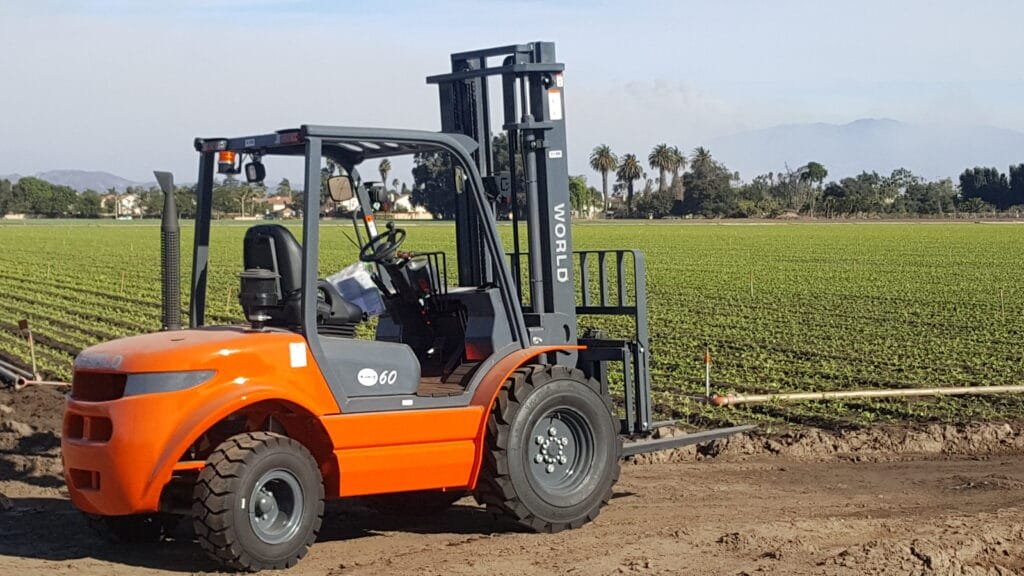
Frequently Asked Questions (FAQs)
What documents are required to import forklifts from China?
To import forklifts successfully, you’ll need the following documents:
- Commercial Invoice
- Bill of Lading (or Airway Bill)
- Packing List
- Certificate of Origin
- CE Certification or relevant safety compliance documents
- Import license (depending on your country)
- Customs declaration forms
Always check with your local customs office or a licensed broker to ensure you meet all the requirements.
Can I import used forklifts from China?
Yes, you can. However, importing used forklifts involves additional scrutiny:
- Some countries require special permits or inspections.
- Make sure the forklifts meet local safety and emission standards.
- Verify the machine’s condition, hours of use, and maintenance records.
- Ask for recent photos or videos and request third-party inspections if possible.
What’s the best Incoterm for new importers?
CIF (Cost, Insurance, and Freight) is generally the safest option for new importers. It includes:
- Freight cost
- Marine insurance
- Delivery to the destination port
With CIF, the seller takes care of most logistics up to your port, which reduces complexity for first-timers.
How long does it take to receive my order?
The total lead time varies depending on the following:
- Production Time: 15–45 days depending on customization
- Shipping Time (Sea Freight): 25–35 days to North America or Europe
- Customs Clearance and Inland Delivery: 3–10 days
So, expect a total of 6–10 weeks from order confirmation to final delivery.
Is there a minimum order quantity (MOQ)?
Yes, most Chinese forklift suppliers have an MOQ, usually starting at:
- 1 unit for large forklifts
- 2–5 units for smaller, electric forklifts
Bulk orders often attract discounts and better shipping rates.
Are Chinese forklifts reliable for long-term use?
Absolutely—if sourced from reputable manufacturers. Brands like Heli, Hangcha, and EP Equipment offer machines that are:
- ISO and CE certified
- Backed by strong warranty programs
- Equipped with globally recognized components (like Cummins engines or Curtis controllers)
As with any equipment, regular maintenance is key to longevity.

Conclusion
Final Thoughts on Getting Started
Learning how to start importing forklifts from China doesn’t have to be overwhelming. With the right preparation, you can source top-tier machines at competitive prices while building long-term business relationships. By understanding market dynamics, choosing verified suppliers, handling logistics effectively, and complying with legal frameworks, you position your business for significant cost savings and operational improvement.
Start small, learn the ropes, and scale your operations as your confidence grows. The key is due diligence and clear communication every step of the way. Happy importing!


